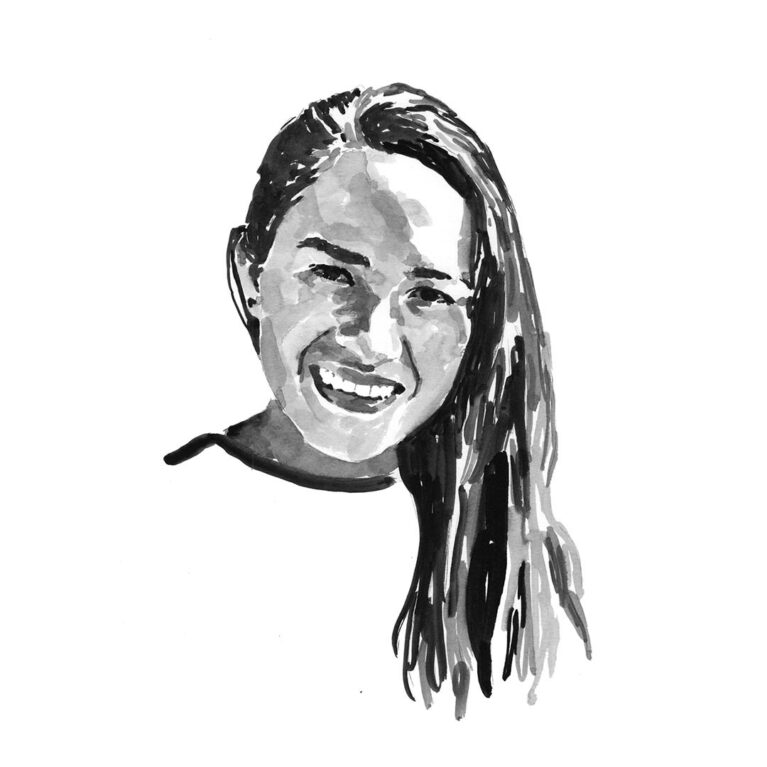Elizabeth Gutiérrez Llanos

Who I am
My first experience of marine species was when I was a child. I saw a sticker placed on my refrigerator that showed a dolphin with a cross and a message that said ‘Don’t eat muchame‘. It took me several years to learn what ‘muchame‘ meant, which refers to a way of preparing dolphin meat in Peru. It was wonderful how this little message made me wonder about other marine species that were not as charismatic as dolphins. My curiosity and the desire to learn more about marine species every day led me to study a career in science and fisheries engineering, which allowed me to aim my training towards working with artisanal fishermen, and learn about their social environment. Furthermore, thanks to this I had the opportunity to know different ports and artisanal fisheries along the Peruvian coast, and to become familiar with the exploited species and the problems they face. So in the last few years my work has focused on mitigating the impact of artisanal fisheries on marine fauna. It is complemented by educating artisanal fishermen about the impact of by-catch on marine ecosystems and working with them on ways to mitigate by-catch.
Where I work
Our project covers 12 ports along the Peruvian coast, from warm tropical waters to the cold Peruvian Humboldt Current. The fishers go out very early in the morning, often facing adverse winds in their small and fragile wooden boats. They ask our help with reports on the sea and wind conditions in their fishing areas so that they can avoid strong winds. We must be ready when the boats return because that’s when our work starts and we must be as fast as possible so as not to interfere with their fish landings. We learn a lot working in the ports, observing and recording the information the fishers share, and their experiences and sea stories. There are days when there is no fishing and no sampling and then days when we can measure and sample quite a few landed species. Guitarfish are particularly valuable because each sampled specimen enables us to collect important information that increases what is known about these species.
What I do
The routine work involves visiting the landing sites, finding out when the boats will arrive and then waiting for them. If our target specimens are available, we start on the fieldwork. As guitarfish are sold for human consumption, there is always a slight delay after the boats arrive while the fishers and traders negotiate. Once a fish has been sold, however, it will stand for some time before being gutted and that is when I move in to measure and weigh, record data and collect samples. The fishers are always curious about what type of research I’m doing, so they approach and start talking. to me about my work. It is during these conversations that we learn more about the fishers and fishery, and discuss how this project can benefit them. These informal conversations are really great for learning details that can be overlooked during formal interviews.
